
Unicellular organisms such as bacteria have a pretty bad reputation. They cause all sorts of diseases (like food poisoning, common colds, urinary tract infections and scarlet fever to name but a few). But bacteria isn't all bad - in fact we need bacteria in our body!
We can find bacteria everywhere in our body - we actually have more bacteria in our body than our own actual body cells! A lot of this bacteria is found in our intestines and can help with digesting our food.
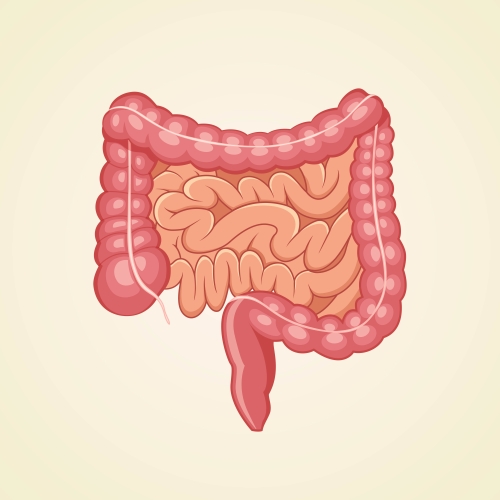
Interestingly, bacteria can also help to make food. Yoghurt and cheese are two of the foods that require the unicellular organism, bacteria.
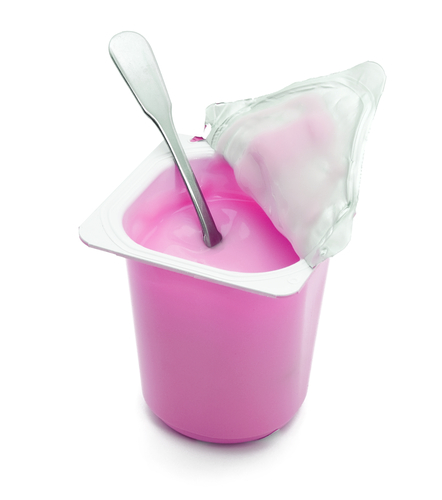
Yoghurt is made by using milk. The milk is first heated to high temperatures to kill off any unwanted microbes. Once cooled, bacteria is added. This bacteria feeds on the sugar found in milk and produces an acid which gives yoghurt its sharp taste. As more acid is produced, it causes the milk to clump together, giving yoghurt its thickened texture. Fruit and flavouring can then be added. Now we can enjoy strawberry or peach flavoured yoghurt at breakfast time!
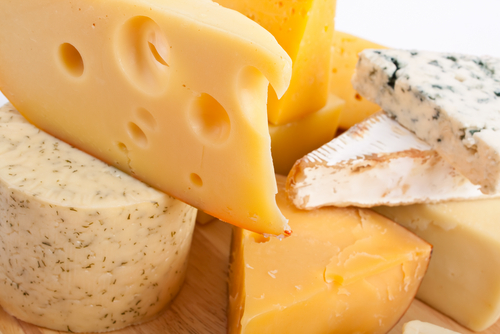
Cheese, like yoghurt requires milk as its starting point in the cheese-making business. Similarly, bacteria is added to the milk, breaking down the sugar to form acid which gives cheese its yummy taste. Enzymes (these speed up reactions) are also added and the clumpy parts of the milk are separated from the liquid parts of the milk. These clumpy parts are then shaped into the wonderful cheese that we all know and love!
Unicellular organisms are also used to make bread. One such example is yeast, which is a unicellular fungus.
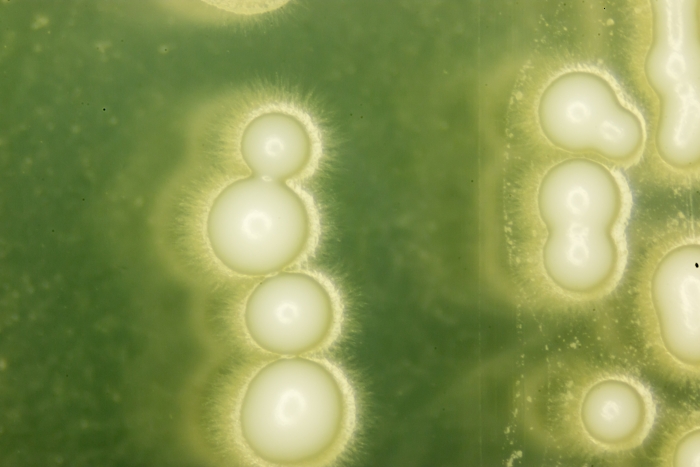
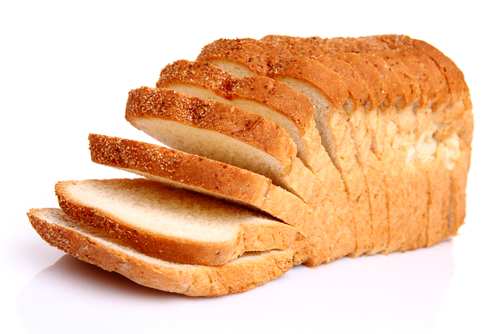
Yeast is added to a dough of flour, sugar and water. The yeast uses the sugar (which is also found in the flour) to grow. It breaks it down releasing carbon dioxide gas and alcohol. It's this gas that gets trapped in the dough making the bread rise. The alcohol evaporates due to the heat of the oven. We call this process fermentation.

Another use of yeast is in the production of wine. Here, grapes are used as a sugar source. The yeast uses the sugar to respire and releases carbon dioxide and ethanol - the chemical name for a type of alcohol. The type of grapes and yeast used causes wine to have various flavours.
In this activity, we're going to describe the uses of some unicellular organisms.








